Stories Category: Intensive Care
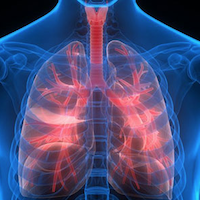
Ineffective Airway Clearance Nursing Diagnosis & Care Plans
Ineffective airway clearance is the inability to clear secretions or obstructions from the respiratory tract. This can be detrimental to breathing and create complications. Secretions can be problematic as a result of... read more

Dyspnea and Dyspnea-Associated Anxiety in ICU Patients
Dyspnea is frequently associated with anxiety, prolonged days on mechanical ventilation, and worse quality of life after discharge. It can also increase the risk of posttraumatic stress disorder post ICU discharge. However,... read more

Heat Shock Protein 27 in COVID-19 and non-COVID ARDS Pathogenesis
Acute respiratory distress syndrome (ARDS) is a common cause of hypoxemic respiratory failure in intensive care units that has increased dramatically as a result of the COVID-19 pandemic. In both COVID-19 and non-COVID... read more
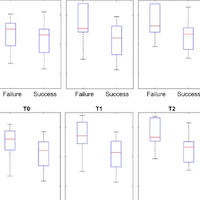
Efficacy of High-Flow Nasal Cannula Oxygen Therapy in Patients with AHRF
This study suggests that high-flow nasal cannula (HFNC) therapy in general respiratory wards may be a potential rescue therapy for patients with respiratory failure. Electrical impedance tomography (EIT) potentially monitors... read more
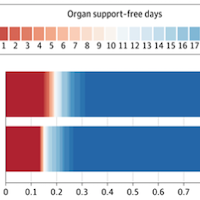
Intravenous Vitamin C for COVID-19 Patients
In hospitalized patients with COVID-19, vitamin C had low probability of improving the primary composite outcome of organ support–free days and hospital survival. Enrollment was terminated after statistical triggers... read more
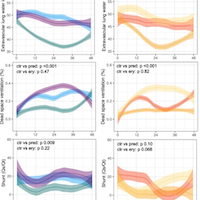
Oxygenation Improvement in Hyperinflammatory Ovine ARDS Treated with Methylprednisolone
Early and persistent improvement in oxygenation was seen only in hyperinflammatory ovine ARDS treated with methylprednisolone, while hemodynamic situation and survival was improved in both injury models and corticosteroid... read more
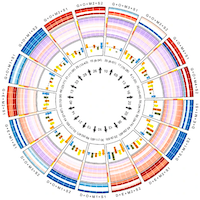
Uncovering Heterogeneity in Sepsis
Among critically ill patients with sepsis, subtype strategies using clinical, biomarker, and transcriptomic data do not identify comparable patient populations and are likely to reflect disparate clinical characteristics... read more

Pediatric Sepsis Phenotype with Persistent Hypoxemia, Encephalopathy, and Shock
We derived and validated the persistent hypoxemia, encephalopathy, and shock phenotype, which is highly reproducible, clinically relevant, and associated with HTE to common adjuvant therapies in children with sepsis. We... read more
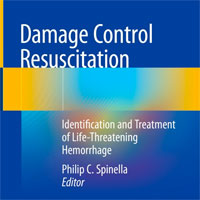
Damage Control Resuscitation: Identification and Treatment of Life-Threatening Hemorrhage
This book provides a comprehensive overview of damage control resuscitation (DCR), an evidence-based approach to the resuscitation of patients with severe life-threatening hemorrhage (LTH). It focuses on both civilian... read more

Platelets and Fibrinogen Matter When Bleeding on ECMO
Fibrinolysis is poorly investigated in ECMO patients, partly due to a lack of routine laboratory tests evaluating fibrinolysis. Hence, hyperfibrinolysis may be a contributor to bleeding risk during ECMO treatment. However,... read more

Scheduled Intravenous Opioids
Maintaining comfort and analgesia is fundamental to providing adequate care in intensive care unit (ICU) patients. Pain assessment and its control remain the highest priorities and concerns among survivors of critical illness... read more
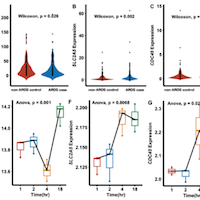
Genetic Causal Factors of ARDS
This comprehensive study highlights the importance of utilizing the MR-pheWAS framework in unraveling the complex etiology and pathogenesis of ARDS, and further underlines the value of integrating blood-based biomarkers into... read more
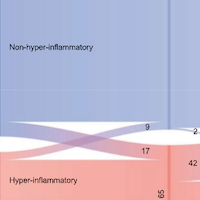
Inflammatory Subphenotypes in Patients at Risk of ARDS
We identified hyper- and non-hyperinflammatory subphenotypes in patients at risk of ARDS upon presentation to the emergency department. These subphenotypes remained identifiable over time and a hyperinflammatory subphenotype... read more

Screening Tools for Sepsis Identification
The authors undertook a rapid review to determine the suitability of sepsis screening tools in the emergency setting with regard to sensitivity and specificity of sepsis diagnosis. The review recognized that there is currently... read more
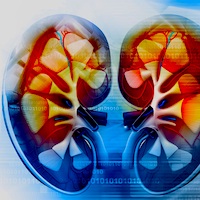
A Global Perspective on AKI After Major Surgery
Acute kidney injury (AKI) is an abrupt decline in kidney function occurring within hours or days. In patients having surgery, postoperative AKI is a major complication associated with adverse outcomes including mortality.... read more

ECPR for Hypothermic Refractory Cardiac Arrests in Temperate Climates
Accidental hypothermia designates an unintentional drop in body temperature below 35 °C. There is a major risk of ventricular fibrillation below 28 °C and cardiac arrest is almost inevitable below 24 °C. In such cases,... read more
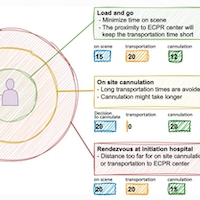
ECPR in 2023
Extracorporeal cardiopulmonary resuscitation (ECPR) is invasive and resource intense. Data suggesting a survival benefit in patients after OHCA and ECPR derive from retrospective registries and meta-analyses. In order to... read more








